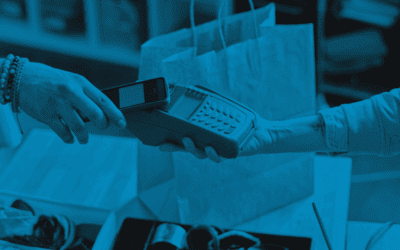Retail Customer Journey: Stages, Mapping & CX Tips.

Bringing the hottest topics on CX directly to you
Get access to the latest CX articles, conversations, thought leadership papers and news to help you navigate your journey to achieving customer experience excellence.
Press Release: Bluestone CX Excellence
Bluestone awarded CX Excellence Recognition Mark.
CX in Essex: Meet Gavin Meadows
Talking CX in Essex with Gavin Meadows.
Rhian Huxtable achieves CCXP Certification
insight6 CX Specialist, Rhian Huxtable, achieves CCXP Certification.
CX and Service: a Winning Strategy
Standing out in today’s competitive market requires more than a great product or service. It demands a strategy that places customer experience (CX) and...
ROI Of Employee Well-being: How To Drive Business Success
Employee well-being and its impact on ROI to drive business success.
Increasing ROI: The Critical Role of CX
Increasing your ROI by delivering an exceptional customer experience.
From Stress to Success: Enhancing Student Well-being for a Better Educational Experience
Introduction: Ensuring student well-being has become increasingly important within the education sector, especially during the COVID-19 pandemic. Today,...
Enhancing the Student Experience to Boost Retention: Best Practices for Your Institution
Delivering a positive student experience is critical to increasing retention rates. Higher Education institutions must ensure students' needs are met at...
How Customer Satisfaction and a Strong Customer Experience Strategy Can Help Your Business Succeed
Customer satisfaction is a crucial part of any successful business. Organisations must ensure customers are satisfied across every touchpoint to stay...
Employee Experience: The High Cost of Getting it Wrong
Discover the financial impact of bad employee experiences on your business and how insight6 can help you deliver impactful customer experiences to win and retain talent. Sign up to our newsletter to stay up to date on CX trends and strategies.
Consumer Duty and its impact on the retail motor sector
The Financial Conduct Authority's (FCA) new Consumer Duty regulation aims to create a higher standard of care for consumers. What does this mean to UK...
How to evidence consumer duty actions and ensure good consumer outcomes
The Financial Conduct Authority's (FCA) new Consumer Duty regulation is one of the most significant shifts in UK financial services. The intention...
Christmas CX: six ways to shine
The holiday season is a time for connection, celebration, and creating memorable moments. It's also a golden opportunity for companies and brands to...
How to build loyalty and drive profitability with regular customer reviews (aka mystery shopping)
Customers or clients are the people who decide whether a business will succeed or not. Meeting these stakeholders' needs is critical to building loyalty...
How car dealerships can damage CX in the pursuit of feedback.
Measuring Customer Feedback Many dealerships are aligned with the notion that customer feedback is an essential way of measuring success, but it isn't...
6 things every Law firm can implement to improve their CX and increase their bottom line…
Customer experience (CX) is the new business battleground for the Legal sector, yet our recent research study, The Professional Services Customer Journey...
2022: The Year of Customer Experience (CX)
As we start the year with a cautious, but more positive outlook on the pandemic than in January 2021, businesses can start to contemplate a world beyond...
Customers Value Great CX More Than Discounts
Be Brave: Boycott Black Friday The traditional 'Boxing Day' sales that once dominated the high street have well and truly been outshone by Black Friday...
Why Customer Experience Is Everything: Your Ultimate Guide to CX
Customer experience (CX) is the new battleground for business. The value of service and the importance of making a human connection with...
A good leader is prepared to ask questions they may not like the answers to
To truly improve employee engagement and wellbeing, every leader must do three basic things: ask, accept, action. You'd be amazed at the number of...





















